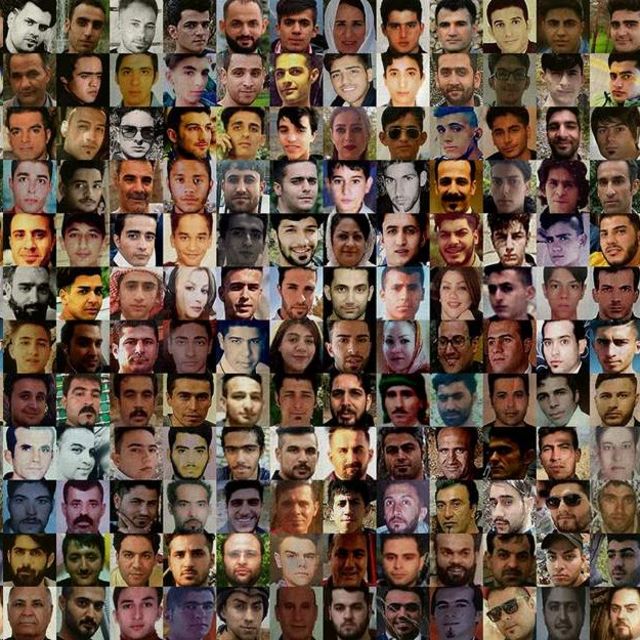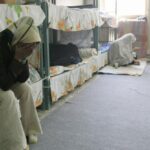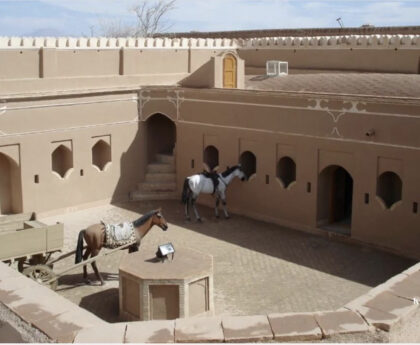KHAMENEI: “THE ISLAMIC REPUBLIC IS IN DANGER. DO WHATEVER IT TAKES TO END IT. YOU HAVE MY ORDER!”

The protests erupted after a Nov. 15 announcement on state media that gas prices would rise by as much as 200% and the revenue would be used to help needy families.
The protests reached more than 100 cities and towns and turned political. Young and working-class demonstrators demanded clerical leaders step down. In many cities, a similar chant rang out: “they live like kings, people get poorer,”
Islamic republic reaction
Khamenei “the Islamic republic is in danger. Do whatever it takes to end it. You have my order! “that order, confirmed by three sources close to the supreme leader’s inner circle and a fourth official, set in motion the bloodiest crackdown on protesters since the Islamic revolution in 1979.
Iranian authorities deployed lethal force at a far quicker pace from the start than in other protests in recent years. By Nov.18 in Tehran, riot police appeared to be randomly shooting at protesters in the street “with the smell of gunfire and smoke everywhere”
Death toll: 1500
About 1,500 people were killed during less than two weeks of unrest that started on Nov. 15. The toll, provided to reutters by three Iranian interior ministry officials, included at least 17 teenagers and about 400 women as well as some members of the security forces and police. The figures provided to reuters, said two of the Iranian officials who provided them, are based on information gathered from security forces, morgues, hospitals and coroner’s offices.
“400 in Tehran, 320 in Kermanshah, 270 in Fars, 240 in Khuzestan, 120 in Isfahan, and 100 in Alborz, Karaj is a break down”
The victims were shot dead by Iranian security forces including members of the revolutionary guards, paramilitary basiji forces and the police. Amnesty international was able to examine evidence of security forces firing live ammunition, often at the the u.s. state department has said it has received videos of the revolutionary guards opening fire without warning on protesters in mahshahr.
Internet blockage
To block the sharing of information regarding the protests and the deaths of hundreds of protesters on social media platforms, the government shut down the internet nationwide, resulting in a near-total internet blackout of around six days. The revolutionary guards reportedly took the bodies of the dead protesters and the injured in hospitals, to hide to cover up the true death toll and downplay the protests. In some cases, government officials sold the bodies of the protesters. Donald trump “Iran has become so unstable that the government has shut down their entire internet system so that the great Iranian people cannot talk about the tremendous violence taking place within the country.
Damages
The government crackdown and protests resulted in the destruction of:
1: 731 government banks including iran’s central bank
2: nine Islamic religious centres
3: tearing down anti-American billboards, and posters
4: statues of the supreme leader Ali Khamenei as well as Ruhollah Khomeini
5: fifty government military bases were also attacked
Government response to crackdown
Tehran’s clerical rulers have blamed “thugs” linked to the regime’s opponents in exile and the country’s main foreign foes, namely the united states, Israel and Saudi Arabia, for stirring up unrest. In yet another attempt to deflect criticism over the killings in the November 2019 protests, Iranian officials, including Iran’s minister of interior at the time, have claimed that the number of members of the police, basij and security and intelligence forces who were killed or injured during the protests was twice the equivalent figure for protesters.
In a statement following publication of the reutters article, a spokesman for Iran’s supreme national security council described the death toll figure as “fake news”.
Victims
The existence of such a blanket “shoot-to-kill” decree through a universal military-scale operation against unarmed civilians is demonstrably evident by considering The large number of shopkeepers, tradespeople, shoppers, and commuters among the victims. These victims were usually passers- by or neighborhood bystanders, who were caught and killed both at the flashpoints between protesters and security forces as well as at farther intersections. Amnesty international reported that the iranian government threatened families of the killed protestors against talking to the press. The families were forced to not arrange any funerals and to instead to carry out secret burials
International laws defied
The right not to be arbitrarily deprived of life is a fundamental and universally recognized right, protected in article 6 of the international covenant on civil and political rights, to which Iran is a state party, among other provisions.
Police and security forces have a Paramount duty to respect and protect the right to life. To this end, the un basic principles on the use of force and firearms provide that law enforcement officials shall not use firearms against persons except in self-defenses or the defense of others against the imminent threat of death or serious injury, and that, in any event, “intentional lethal use of firearms may only be made when strictly unavoidable in order to protect life.”




